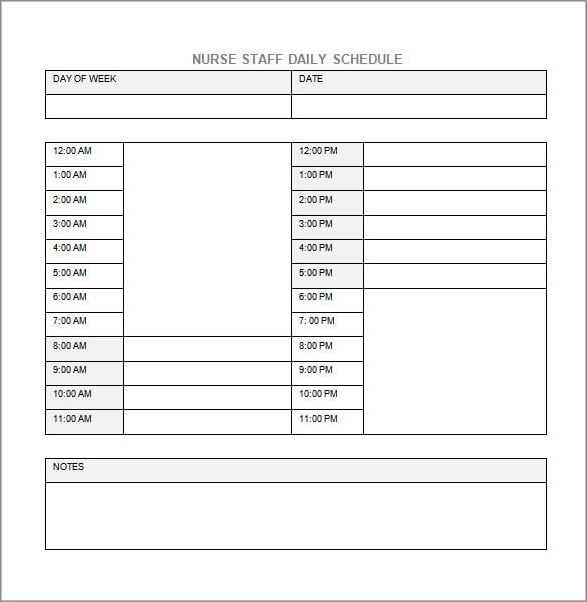In any healthcare facility, whether it’s a hospital, clinic, or nursing home, nurse schedules play a crucial role in ensuring the smooth operation of the facility and providing quality patient care. A nurse schedule is a plan that outlines the shifts and assignments for each nurse in a given period. It helps to ensure that there are enough nurses available at all times to meet patient needs and maintain a safe and efficient work environment.
In this article, we will explore the importance of nurse schedules and how they are essential for the proper functioning of healthcare facilities.
Why are Nurse Schedules Important?
Nurse schedules are essential for several reasons. They help healthcare facilities meet staffing requirements, maintain continuity of care, and ensure patient safety. Let’s explore these reasons in more detail:
1. Meeting Staffing Requirements
A well-planned nurse schedule ensures that there are enough nurses available to cover all shifts and patient care needs. This is crucial because inadequate staffing can lead to compromised patient care, increased workload for nurses, and high levels of stress. By properly scheduling nurses, healthcare facilities can ensure that the right number of nurses is available at all times, reducing the risk of burnout and providing optimal care to patients.
2. Continuity of Care
Continuity of care is vital in healthcare settings, especially for patients with complex medical conditions or those requiring ongoing care. Nurse schedules help maintain continuity by ensuring that the same nurses are assigned to specific patients or units consistently. This allows nurses to develop relationships with patients, understand their unique needs, and provide personalized care. Continuity of care also improves patient satisfaction and reduces the risk of medical errors.
3. Patient Safety
Patient safety is a top priority in healthcare, and nurse schedules play a significant role in ensuring it. Fatigue and burnout can impair a nurse’s ability to provide safe and effective care. By implementing well-designed schedules that prioritize rest and work-life balance, healthcare facilities can minimize the risk of fatigue-related errors and improve patient safety. Additionally, nurse schedules can also help ensure that nurses with specialized skills and experience are available when needed, further enhancing patient safety.
How are Nurse Schedules Created?
The process of creating nurse schedules can vary depending on the size and type of healthcare facility. However, some common steps are typically followed:
1. Assessing Patient Needs
The first step is to assess the patient’s needs and determine the required staffing levels for each shift. This involves analyzing patient acuity, anticipated admissions and discharges, and any special requirements for certain units or patients.
2. Considering Nurse Availability
Nurse availability is a crucial factor in creating schedules. It’s essential to consider factors such as nurses’ preferences, availability for different shifts, and any requested time off. This helps ensure that nurses are assigned shifts that align with their availability and preferences, leading to better job satisfaction and reduced turnover.
3. Balancing Workload
Creating balanced workloads is crucial for nurse schedules. It’s important to distribute the workload evenly among nurses, taking into account their skills, experience, and the complexity of patient needs. This helps prevent excessive workload for any individual nurse and ensures that patient care is not compromised.
4. Ensuring Compliance with Labor Laws
Healthcare facilities must adhere to labor laws and regulations when creating nurse schedules. These laws dictate factors such as maximum working hours, rest periods between shifts, and overtime requirements. It’s essential to ensure that schedules are compliant with these laws to protect the rights and well-being of nurses.
5. Incorporating Flexibility
Flexibility is crucial in nurse schedules to accommodate unexpected changes or emergencies. It’s important to have contingency plans in place to address situations such as nurse call-outs, high patient volumes, or unexpected events. This helps ensure that patient care is not compromised even in challenging circumstances.
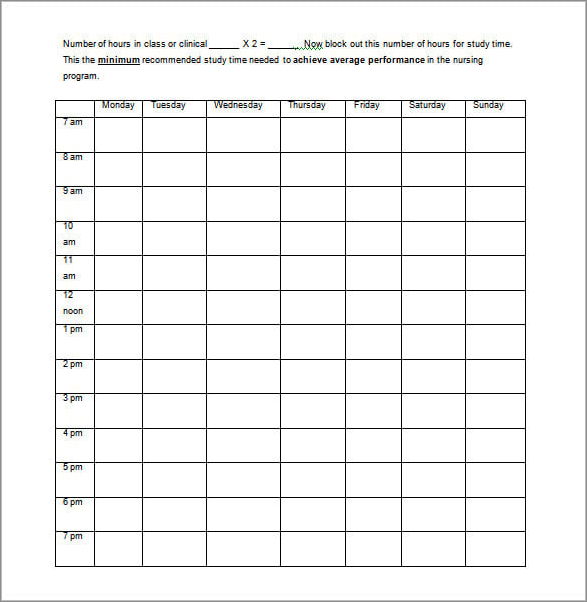
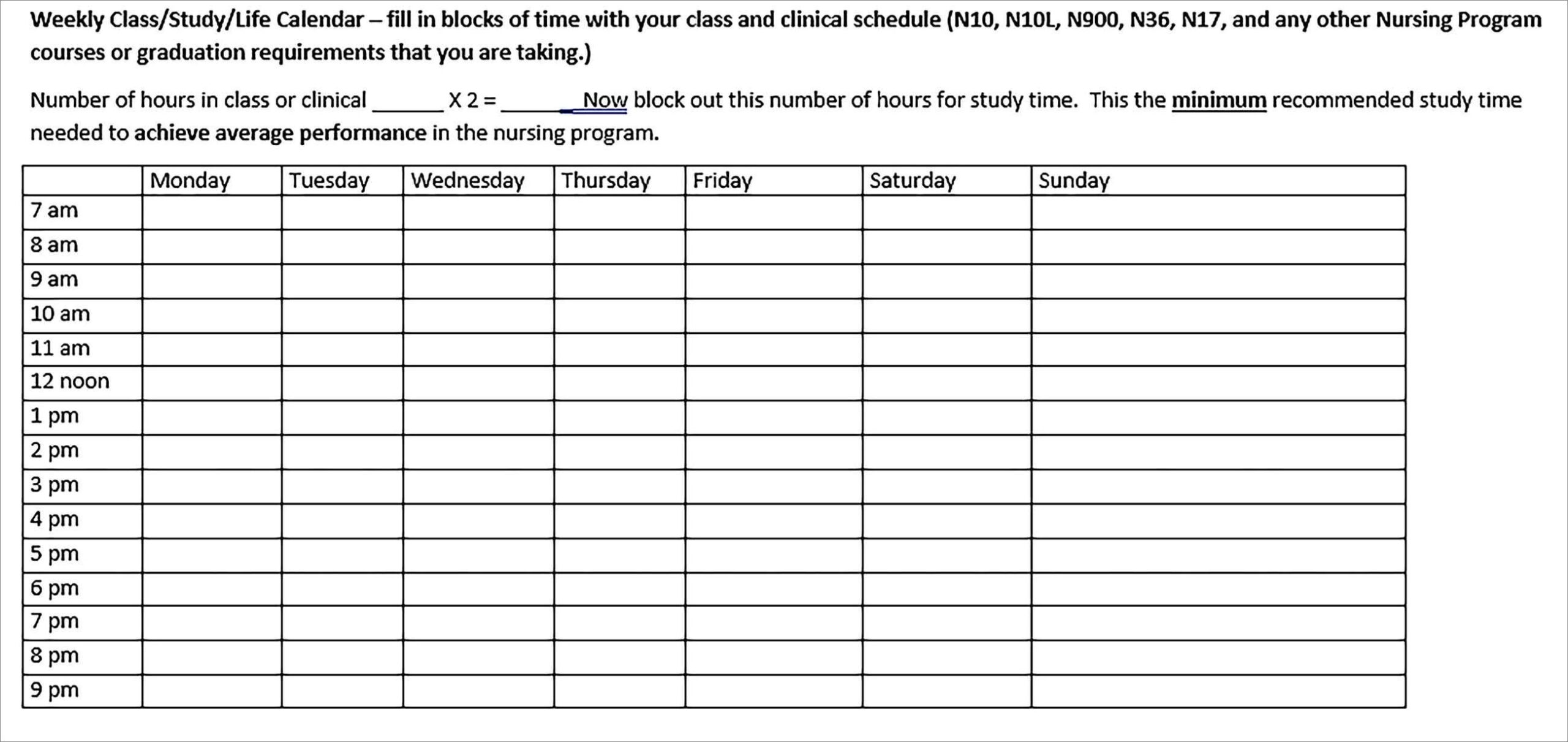
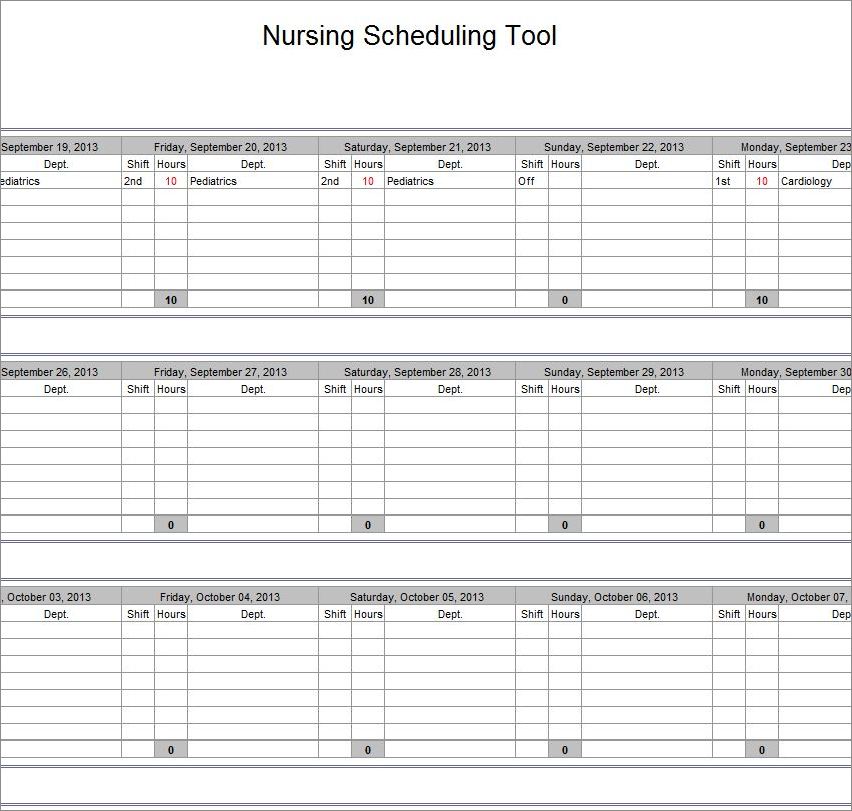
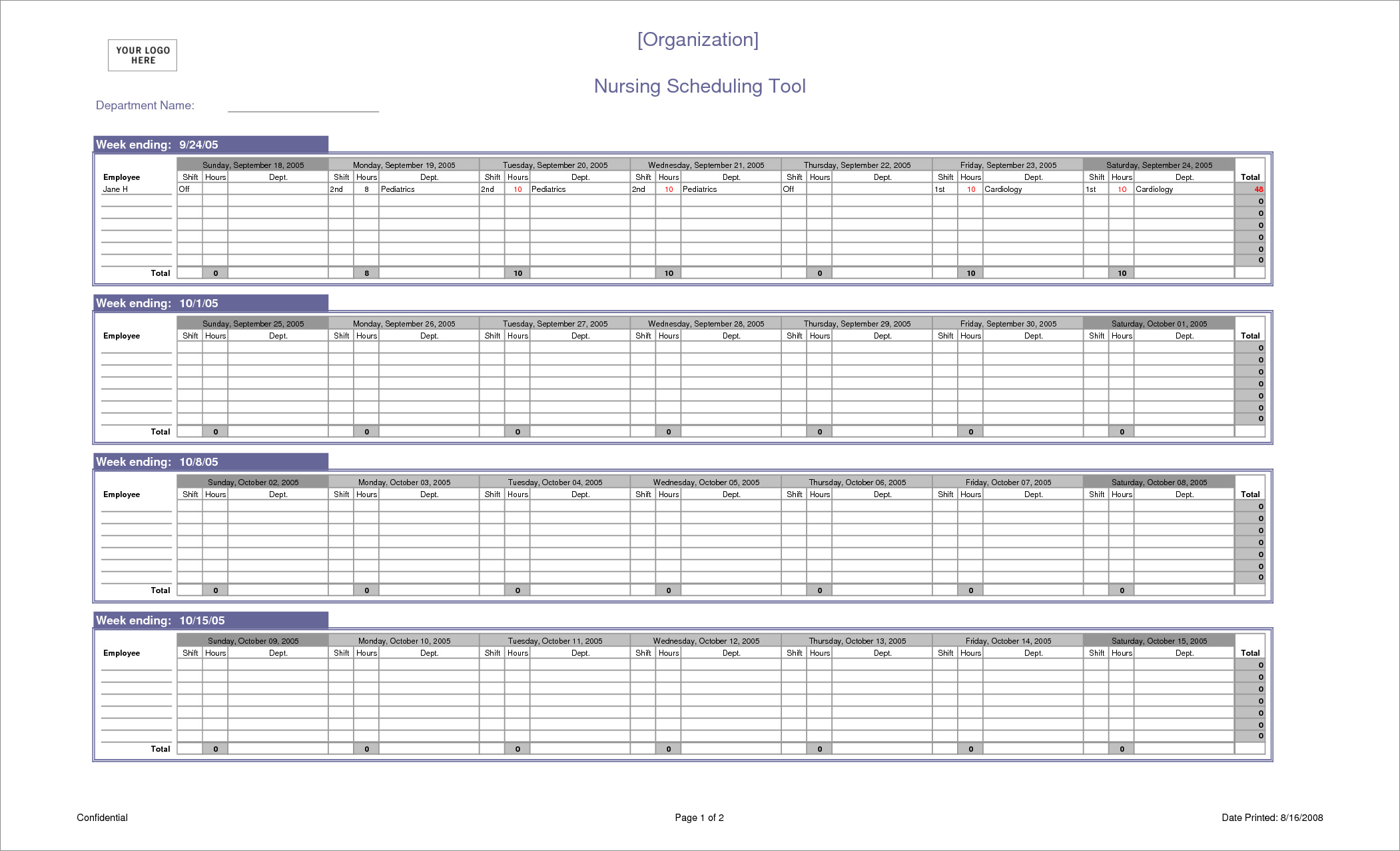
Best Practices for Nurse Scheduling
Creating effective nurse schedules requires careful planning and consideration of various factors. Here are some best practices to follow:
- Utilize scheduling software: Using scheduling software can streamline the scheduling process, improve accuracy, and allow for easy modifications when needed.
- Involve nurses in the scheduling process: Including nurses in the scheduling process can help ensure that their preferences and needs are considered, leading to better job satisfaction.
- Monitor and adjust schedules: Regularly monitor the effectiveness of schedules and make adjustments as needed to address any issues or challenges that arise.
- Provide adequate breaks and rest periods: Ensure that nurses have sufficient breaks and rest periods between shifts to prevent fatigue and promote well-being.
- Consider skill mix: When creating schedules, consider the skill mix of nurses to ensure that the right combination of skills is available at all times.
- Communicate schedule changes effectively: Clear and timely communication of schedule changes is essential to ensure that nurses are aware of any modifications and can plan accordingly.
The Impact of Effective Nurse Schedules
Implementing effective nurse schedules can have a positive impact on both nurses and patients. The benefits include:
- Improved nurse satisfaction: Well-designed schedules that consider nurses’ preferences and needs can improve job satisfaction and reduce turnover rates.
- Better patient outcomes: Adequate staffing and continuity of care provided by effective nurse schedules contribute to improved patient outcomes and satisfaction.
- Reduced nurse burnout: Properly planned schedules that prioritize rest and work-life balance can help prevent nurse burnout and promote overall well-being.
- Enhanced patient safety: By ensuring adequate staffing levels and minimizing fatigue, effective nurse schedules contribute to a safer care environment and reduce the risk of errors.
Conclusion
Nurse schedules are a fundamental component of healthcare facilities’ operations. They help ensure that there are enough nurses available at all times, maintain continuity of care, and enhance patient safety. By following best practices and incorporating flexibility, healthcare facilities can create effective nurse schedules that benefit both nurses and patients. Prioritizing nurse schedules is essential for providing quality care and maintaining a positive work environment in healthcare settings.
Nurse Schedule Template Excel – Download
